Home>Furniture & Design>Bathroom Accessories>How To Install An Exhaust Fan In A Window
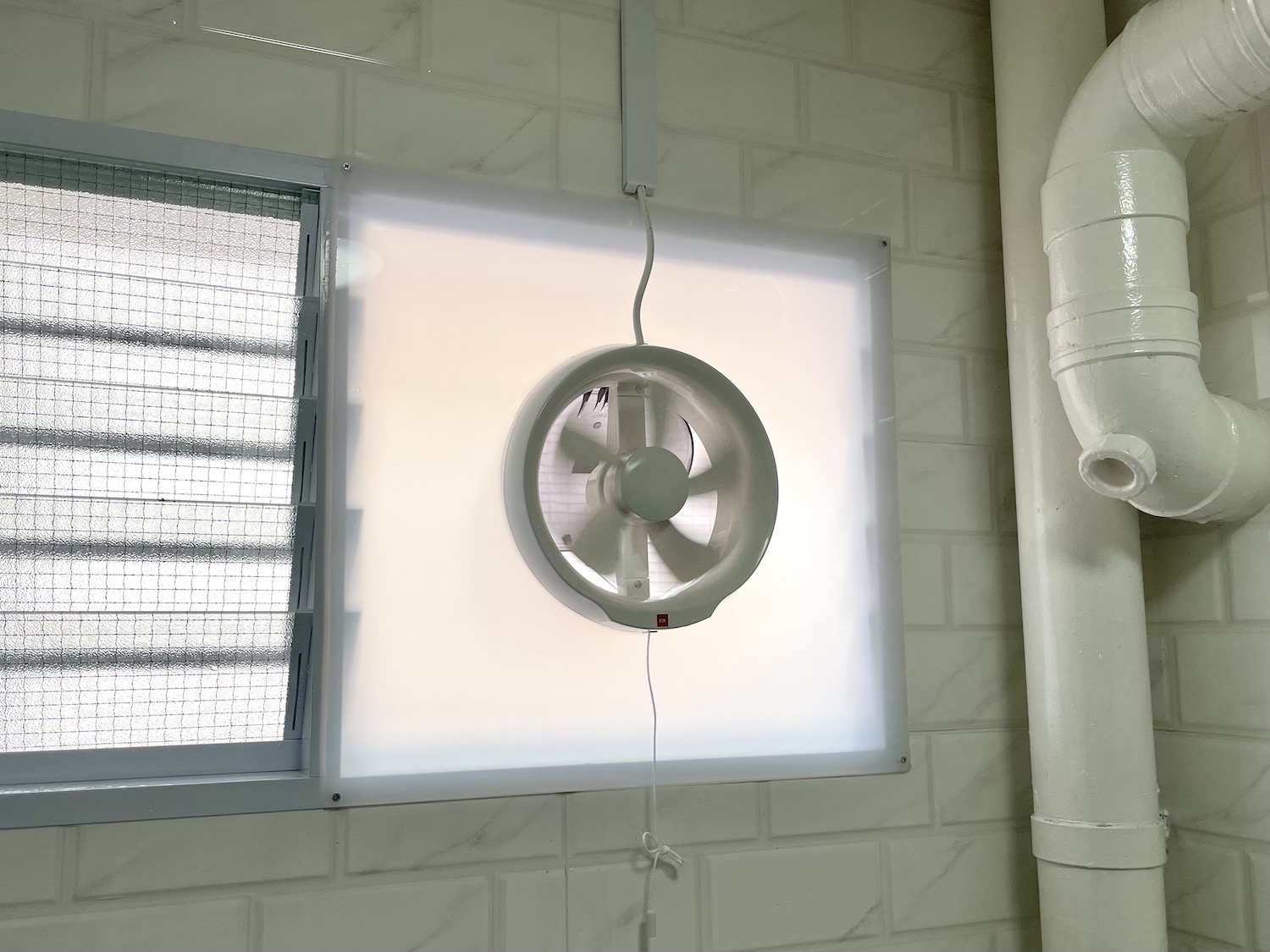

Bathroom Accessories
How To Install An Exhaust Fan In A Window
Modified: May 6, 2024
Learn how to install an exhaust fan in a window for better ventilation in your bathroom. Find the best bathroom accessories for your home.
(Many of the links in this article redirect to a specific reviewed product. Your purchase of these products through affiliate links helps to generate commission for Storables.com, at no extra cost. Learn more)
Introduction
Installing an exhaust fan in a window is a practical and effective way to improve ventilation in a bathroom. Proper ventilation is essential for removing excess moisture, odors, and airborne impurities, which can lead to mold growth and compromise indoor air quality. By installing an exhaust fan, you can create a more comfortable and healthier bathroom environment while also preventing potential damage to walls and fixtures.
In this comprehensive guide, we will walk you through the step-by-step process of installing an exhaust fan in a window. Whether you're a seasoned DIY enthusiast or a novice homeowner eager to take on a new project, this guide will provide you with the knowledge and confidence to complete the installation successfully.
By following these instructions, you can ensure that the exhaust fan is installed securely and functions optimally, providing you with the peace of mind that comes with a well-ventilated bathroom. Additionally, with the right tools and materials, this project can be completed efficiently, making it a worthwhile investment in the overall maintenance and comfort of your home.
Now, let's dive into the details of gathering the necessary tools and materials for the installation process. With the right preparation, you'll be well-equipped to tackle this project with ease and precision.
Key Takeaways:
- Installing an exhaust fan in a window improves bathroom ventilation, reduces moisture, and prevents mold. It’s a DIY project that enhances home comfort and air quality.
- From measuring and cutting to electrical connections and testing, installing an exhaust fan is a rewarding home improvement project that creates a healthier and more comfortable bathroom environment.
Read more: How To Install An Exhaust Fan
Step 1: Gather the Necessary Tools and Materials
Before embarking on the installation of an exhaust fan in a window, it's crucial to gather all the essential tools and materials. Having the right equipment at your disposal will streamline the installation process and ensure that you can complete the project efficiently and effectively. Here's a comprehensive list of the necessary tools and materials:
Tools:
- Measuring Tape: Accurately measuring the window dimensions is essential for determining the appropriate size of the exhaust fan and the opening that needs to be cut.
- Pencil or Marker: Marking the placement of the exhaust fan and the outline of the cutting area on the window frame.
- Safety Glasses and Gloves: Ensuring personal safety during the cutting and installation process.
- Cordless Drill: Required for drilling pilot holes and securing the exhaust fan in place.
- Jigsaw or Reciprocating Saw: Essential for cutting the opening in the window to accommodate the exhaust fan.
- Screwdriver: Used for securing the exhaust fan in the window frame and connecting electrical components.
- Caulk Gun: Applying sealant around the edges of the exhaust fan to prevent air leaks and water infiltration.
- Level: Ensuring that the exhaust fan is installed evenly and securely within the window frame.
Materials:
- Exhaust Fan Kit: Select an exhaust fan kit suitable for window installation, ensuring that it includes all necessary components such as the fan unit, mounting brackets, and screws.
- Weatherproof Sealant: Choosing a high-quality sealant to prevent water penetration and maintain a secure seal around the exhaust fan.
- Electrical Wiring and Connectors: Ensuring that you have the appropriate wiring and connectors to connect the exhaust fan to a power source.
- Screws and Anchors: Selecting screws and anchors suitable for securing the exhaust fan in the window frame, considering the material of the window and surrounding structure.
- Safety Goggles and Gloves: Prioritizing personal safety during the installation process.
- Sandpaper or File: Smoothing the edges of the cut opening in the window to ensure a precise fit for the exhaust fan.
By gathering these essential tools and materials, you'll be well-prepared to proceed with the subsequent steps of measuring, cutting, and installing the exhaust fan in the window. With careful preparation and attention to detail, you can ensure a successful and professional-quality installation that enhances the ventilation and functionality of your bathroom.
Step 2: Measure and Mark the Placement of the Exhaust Fan
Accurate measurement and precise marking are crucial steps in the process of installing an exhaust fan in a window. Before making any cuts or modifications, it's essential to carefully determine the placement of the exhaust fan to ensure optimal functionality and a seamless fit within the window frame.
To begin, gather your measuring tape, pencil or marker, and safety glasses. Position yourself at the intended location for the exhaust fan installation, ensuring that the window provides suitable access for ventilation purposes. Start by measuring the dimensions of the window to determine the available space for the exhaust fan. Take precise measurements of the width and height of the window, allowing for any obstructions such as window sills or frames.
Once the window dimensions are accurately recorded, it's time to mark the placement of the exhaust fan. Using a pencil or marker, outline the area where the exhaust fan will be installed. Ensure that the marking aligns with the center of the window and provides sufficient clearance from any surrounding obstructions. Additionally, consider the recommended installation height for the exhaust fan to optimize its ventilation capabilities.
In some cases, the exhaust fan kit may include a template that can be used to outline the exact cutting area on the window. If provided, carefully position the template within the marked area and trace its outline onto the window frame. This step will serve as a guide for the subsequent cutting process, ensuring precision and accuracy in creating the opening for the exhaust fan.
As you mark the placement of the exhaust fan, take into account any electrical considerations, such as the proximity to power sources and the routing of electrical wiring. Ensuring that the exhaust fan is positioned within reach of a power supply will streamline the electrical connection process in the later stages of the installation.
By meticulously measuring and marking the placement of the exhaust fan, you lay the foundation for a successful installation that aligns with the specific requirements of your bathroom space. With these preliminary steps completed, you are now ready to proceed to the next phase of cutting the opening in the window to accommodate the exhaust fan.
Read more: How To Install An Exhaust Fan In The Kitchen
Step 3: Cut the Opening in the Window
With the placement of the exhaust fan marked on the window frame, the next critical step is to cut the opening that will accommodate the fan. This process requires precision and attention to detail to ensure a seamless fit and proper functionality of the exhaust fan.
Before proceeding with the cutting, it's essential to prioritize safety by wearing protective eyewear and gloves. Additionally, ensure that the surrounding area is clear of any obstructions, and take necessary precautions to prevent debris from entering the interior space during the cutting process.
Using a jigsaw or reciprocating saw, carefully cut along the marked outline of the exhaust fan placement. Begin by creating pilot holes at the corners of the marked area to provide starting points for the saw blade. As you guide the saw along the marked lines, maintain a steady and controlled motion to achieve clean and precise cuts. Take your time to ensure that the opening is accurately sized to accommodate the exhaust fan without compromising the structural integrity of the window frame.
Once the initial cut is complete, assess the edges of the opening to ensure a smooth and even finish. If necessary, use sandpaper or a file to refine the edges and remove any rough or jagged areas. This step is crucial for achieving a precise fit and facilitating the secure installation of the exhaust fan within the window.
As you complete the cutting process, exercise caution to prevent damage to the surrounding window frame and any adjacent surfaces. Clear away any debris or sawdust from the area to maintain a clean and organized work environment.
Upon finishing the cutting process, verify that the dimensions of the opening align with the requirements specified by the exhaust fan kit. Confirm that the fan unit can be securely positioned within the newly created opening, allowing for a snug and stable fit.
With the opening successfully cut and prepared, you have laid the groundwork for the next phase of the installation process. The precise execution of this step sets the stage for seamlessly integrating the exhaust fan into the window, bringing you closer to the completion of this rewarding home improvement project.
Step 4: Install the Exhaust Fan
With the opening in the window prepared to accommodate the exhaust fan, the installation process enters a pivotal phase that brings the project closer to completion. Installing the exhaust fan requires precision and attention to detail to ensure a secure and functional integration within the window frame.
Begin by carefully positioning the exhaust fan within the cut opening, ensuring that it aligns evenly and securely. If the exhaust fan kit includes mounting brackets, follow the manufacturer's instructions to affix the brackets to the window frame, providing stable support for the fan unit. Use a level to verify that the exhaust fan is installed evenly and without any tilt, which is essential for optimal performance and aesthetic appeal.
Once the exhaust fan is positioned and secured within the window frame, proceed to attach it using the provided screws or fasteners. Ensure that the fan unit is firmly anchored in place, minimizing any potential movement or instability. Pay close attention to the alignment of the fan unit to maintain a seamless and professional appearance within the window.
As you complete the installation of the exhaust fan, take the time to inspect the surrounding area for any gaps or inconsistencies. Apply weatherproof sealant around the edges of the exhaust fan, creating a tight and secure seal between the fan unit and the window frame. This step is crucial for preventing air leaks and water infiltration, safeguarding the integrity of the installation and the surrounding structure.
Verify that the exhaust fan is securely installed and that all components are properly aligned and fastened. Test the stability of the fan unit by gently applying pressure and ensuring that it remains firmly in place. By conducting a thorough assessment of the installation, you can address any potential issues or adjustments before proceeding to the next phase of the process.
With the exhaust fan successfully installed in the window, you have reached a significant milestone in enhancing the ventilation and functionality of your bathroom. The secure integration of the fan unit sets the stage for the final steps of connecting the electrical wiring and testing the exhaust fan, bringing you closer to the realization of a well-ventilated and comfortable bathroom space.
When installing an exhaust fan in a window, make sure to measure the window opening and the fan to ensure a proper fit. Use a jigsaw to cut the opening, then secure the fan in place with screws and seal any gaps with caulk to prevent air leaks.
Step 5: Connect the Electrical Wiring
Connecting the electrical wiring is a critical phase in the installation of an exhaust fan in a window. This step requires careful attention to electrical safety and adherence to local building codes to ensure a reliable and compliant electrical connection.
Begin by identifying the power source for the exhaust fan. Locate the nearest electrical outlet or junction box that will supply power to the fan unit. Before proceeding with any electrical work, it is essential to turn off the power supply to the designated circuit at the breaker panel. This precautionary measure is crucial for preventing electrical hazards and ensuring a safe working environment.
Once the power is safely disconnected, carefully route the electrical wiring from the exhaust fan to the designated power source. If necessary, use appropriate connectors and conduit to protect and secure the wiring along its path. Ensure that the wiring is neatly organized and free from any potential obstructions or hazards.
Next, prepare the electrical wiring for connection to the power source. If the exhaust fan kit includes specific wiring instructions or connectors, follow the manufacturer's guidelines for integrating the fan unit with the electrical supply. Use wire strippers to carefully remove the insulation from the ends of the electrical wires, exposing the conductive metal for secure connections.
With the wiring prepared, proceed to connect the electrical leads from the exhaust fan to the corresponding terminals or wires in the electrical supply. Exercise caution and precision during this process to ensure that the connections are secure and properly insulated. If using wire connectors, verify that they are tightly fastened and provide reliable electrical continuity.
After completing the electrical connections, carefully tuck the wiring into the designated space within the window frame, ensuring that it does not interfere with the operation of the exhaust fan or pose any safety risks. Neatly organize and secure the wiring to prevent any potential entanglement or exposure.
Before restoring power to the circuit, conduct a thorough inspection of the electrical connections to verify their integrity and compliance with electrical codes. Once the connections are confirmed to be secure and properly insulated, restore power to the circuit and proceed to the final phase of testing the exhaust fan.
By meticulously connecting the electrical wiring, you ensure that the exhaust fan is safely and reliably integrated into the electrical system of your home. This step is essential for enabling the proper operation of the fan unit and maintaining a safe and functional bathroom environment.
Step 6: Test the Exhaust Fan
With the installation and electrical connections completed, the final step in the process of installing an exhaust fan in a window is to conduct a comprehensive test to ensure that the fan unit operates as intended. Testing the exhaust fan is a crucial validation of the installation's success and provides the opportunity to address any potential issues before concluding the project.
To begin the testing process, switch on the power supply to the exhaust fan at the breaker panel, allowing electrical current to flow to the fan unit. Once the power is restored, proceed to activate the exhaust fan using the designated control switch or mechanism. As the fan unit begins to operate, pay close attention to its performance and functionality.
Observe the airflow generated by the exhaust fan, assessing its strength and consistency. A properly functioning exhaust fan should effectively draw air from the bathroom space, creating a noticeable flow of air towards the exterior. Verify that the fan unit expels air through the designated vent or outlet, indicating that it is effectively ventilating the bathroom.
Listen for any unusual noises or vibrations emitted by the exhaust fan during operation. A well-installed and balanced fan unit should operate quietly and without excessive vibrations, signifying its stable integration within the window frame. Any irregular sounds or movements may indicate a need for adjustments or further inspection to ensure optimal performance.
Assess the ventilation effectiveness of the exhaust fan by monitoring the reduction of moisture and odors within the bathroom space. As the fan operates, observe the gradual dissipation of steam and odors, indicating that the ventilation system is effectively removing airborne impurities and maintaining a comfortable indoor environment.
If the exhaust fan includes additional features such as built-in lighting or humidity sensors, test these functionalities to ensure their proper operation. Verify that the integrated components function as intended, providing enhanced functionality and convenience within the bathroom space.
As the exhaust fan undergoes testing, take note of any observations or concerns regarding its performance. If any issues or irregularities are identified, consider conducting a thorough inspection of the installation and electrical connections to address and resolve the underlying causes.
By conducting a comprehensive test of the exhaust fan, you can confirm the successful installation and functionality of the ventilation system. This final validation ensures that the exhaust fan operates reliably and effectively, providing you with the assurance of a well-ventilated and comfortable bathroom environment.
Conclusion
In conclusion, the installation of an exhaust fan in a window represents a significant enhancement to the ventilation and functionality of a bathroom space. By following the step-by-step process outlined in this guide, homeowners can successfully undertake this project with confidence and precision. From gathering the necessary tools and materials to testing the operational functionality of the exhaust fan, each phase of the installation contributes to the creation of a well-ventilated and comfortable bathroom environment.
The careful measurement and marking of the exhaust fan placement set the stage for a precise and seamless integration within the window frame. The subsequent cutting of the opening demands attention to detail and safety precautions to ensure a clean and accurate fit for the exhaust fan. The installation phase emphasizes the secure positioning and anchoring of the fan unit, complemented by the application of weatherproof sealant to maintain a tight and durable seal.
The connection of the electrical wiring represents a critical aspect of the installation process, requiring adherence to safety protocols and electrical codes. By carefully routing, preparing, and connecting the wiring, homeowners can ensure a reliable and compliant electrical integration for the exhaust fan. The final testing phase serves as a comprehensive validation of the installation's success, providing the opportunity to assess the fan unit's performance and address any potential issues.
Upon the successful completion of the installation, homeowners can enjoy the benefits of improved ventilation, reduced moisture accumulation, and enhanced indoor air quality within their bathroom space. The exhaust fan serves as a valuable asset in mitigating the risks of mold growth, odors, and airborne impurities, contributing to a healthier and more comfortable living environment.
Ultimately, the installation of an exhaust fan in a window represents a worthwhile investment in the maintenance and functionality of a home. By following the guidance provided in this comprehensive guide, homeowners can embark on this project with the knowledge and confidence to achieve a successful and professional-quality installation, reaping the rewards of a well-ventilated and inviting bathroom space.
Now that you've mastered installing an exhaust fan in a window, why stop there? For those keen on tackling more projects around the house, our guide on DIY home improvement offers insightful tips and tricks to enhance your living space on your own. If you're specifically interested in ventilation solutions, our detailed tutorial on exhaust fan installation provides step-by-step instructions to help you ensure fresh air flow throughout your home. Dive into these resources to keep your DIY skills sharp and your home in top condition!
Frequently Asked Questions about How To Install An Exhaust Fan In A Window
Was this page helpful?
At Storables.com, we guarantee accurate and reliable information. Our content, validated by Expert Board Contributors, is crafted following stringent Editorial Policies. We're committed to providing you with well-researched, expert-backed insights for all your informational needs.
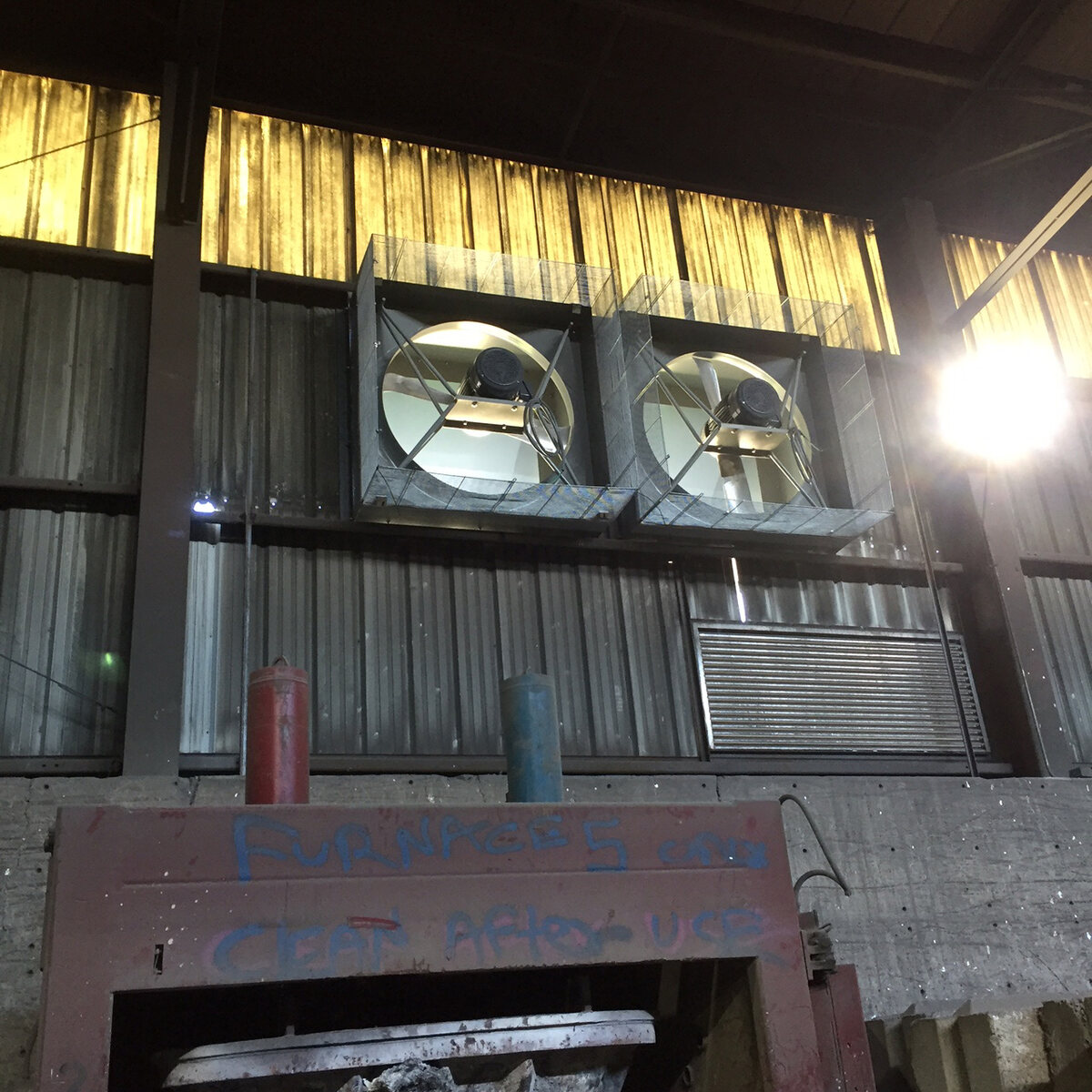
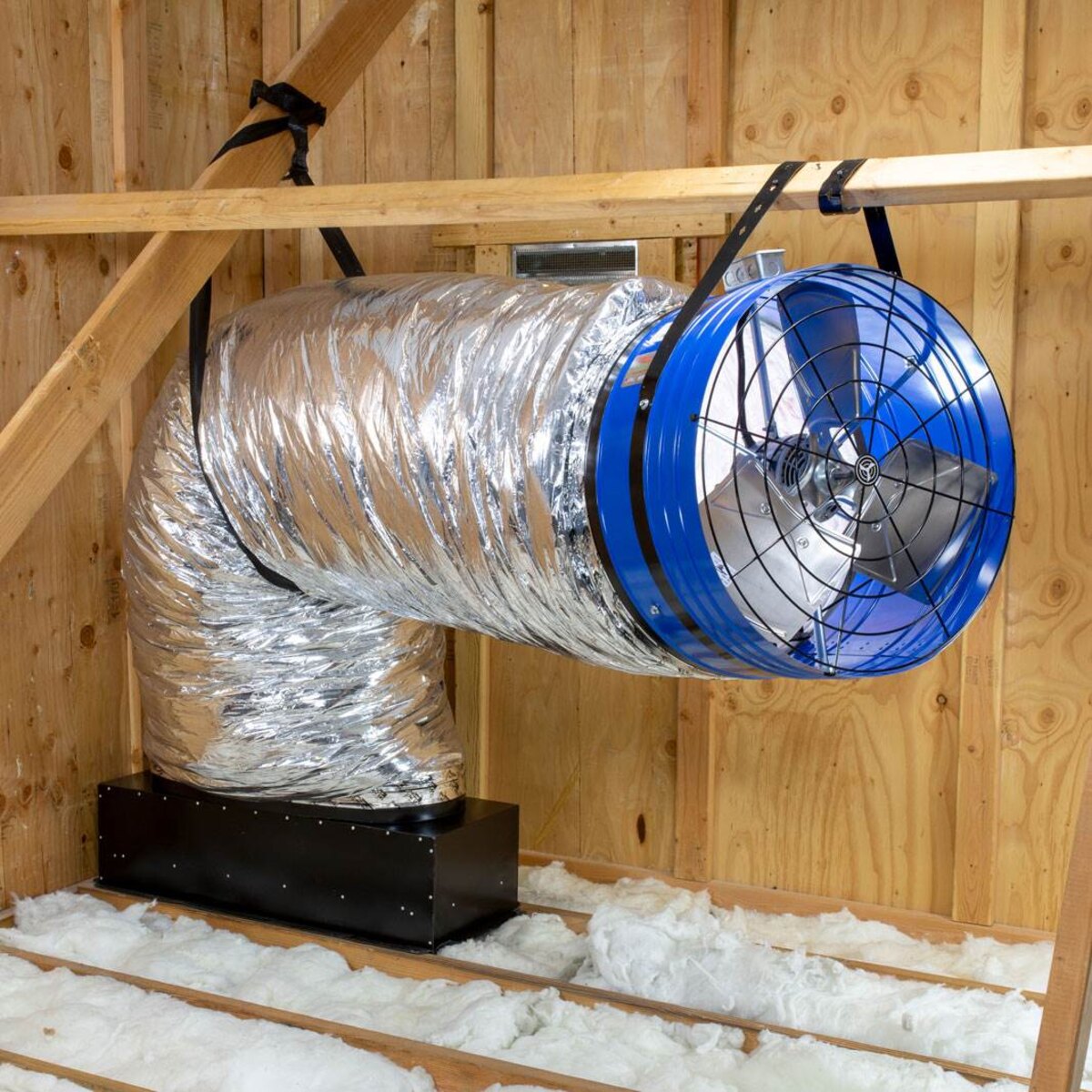
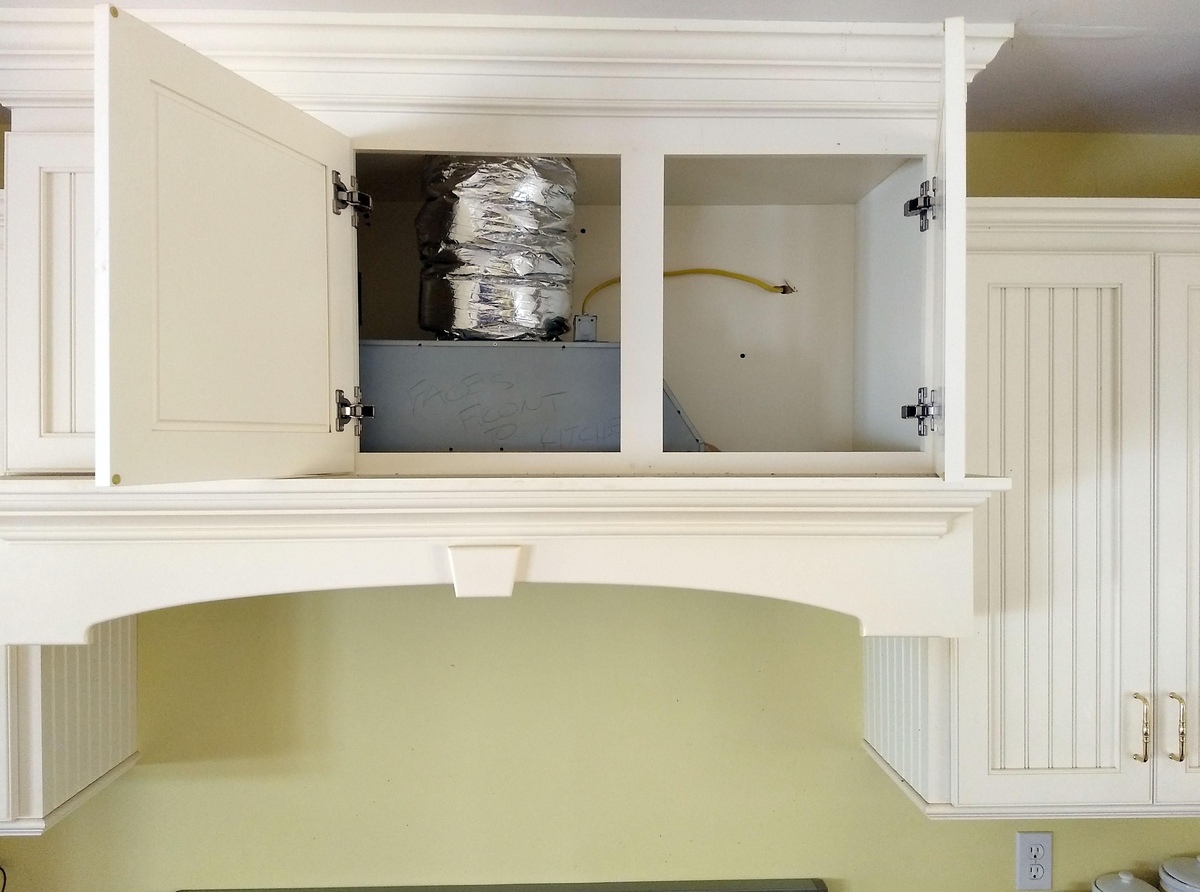
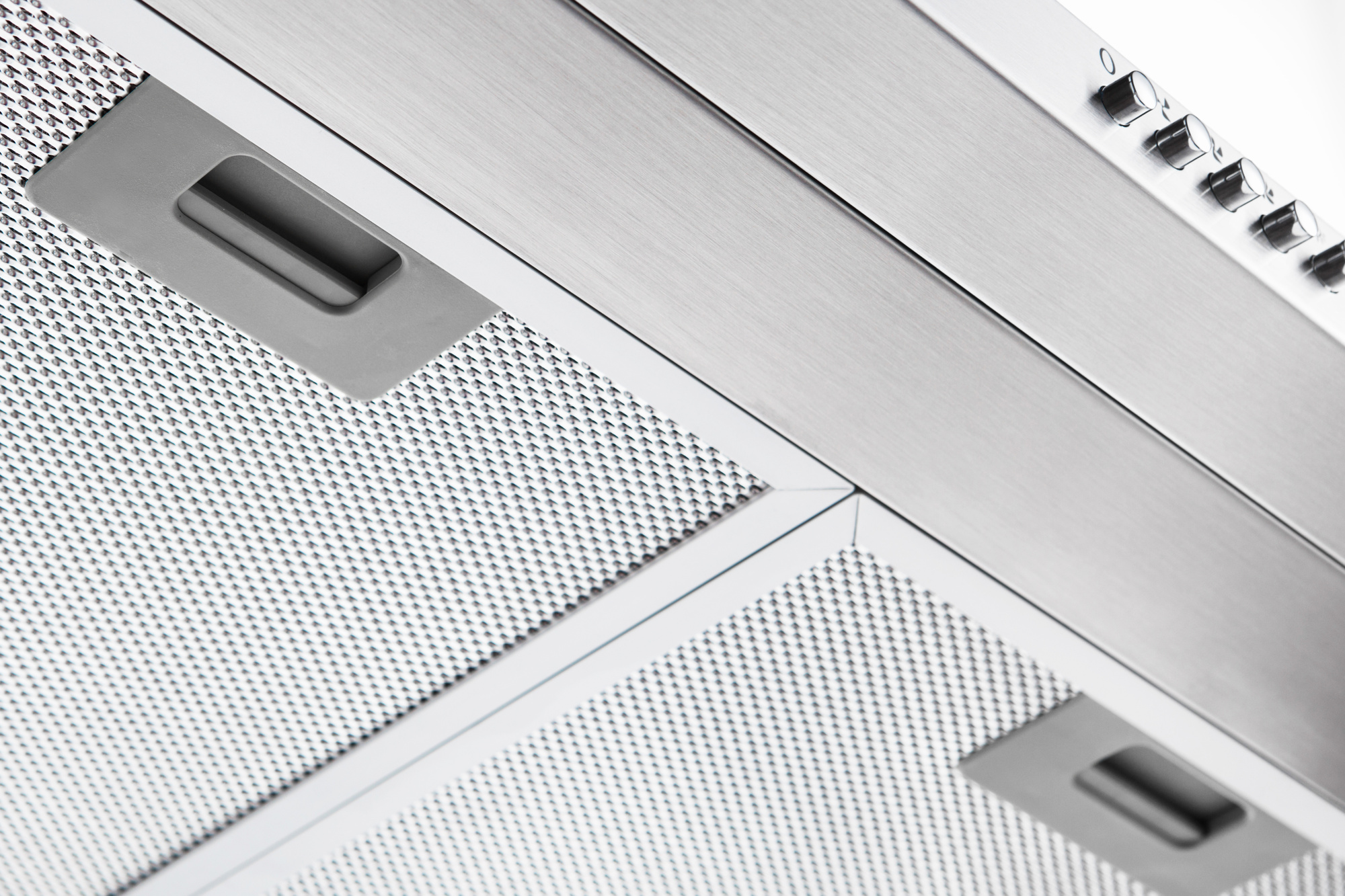
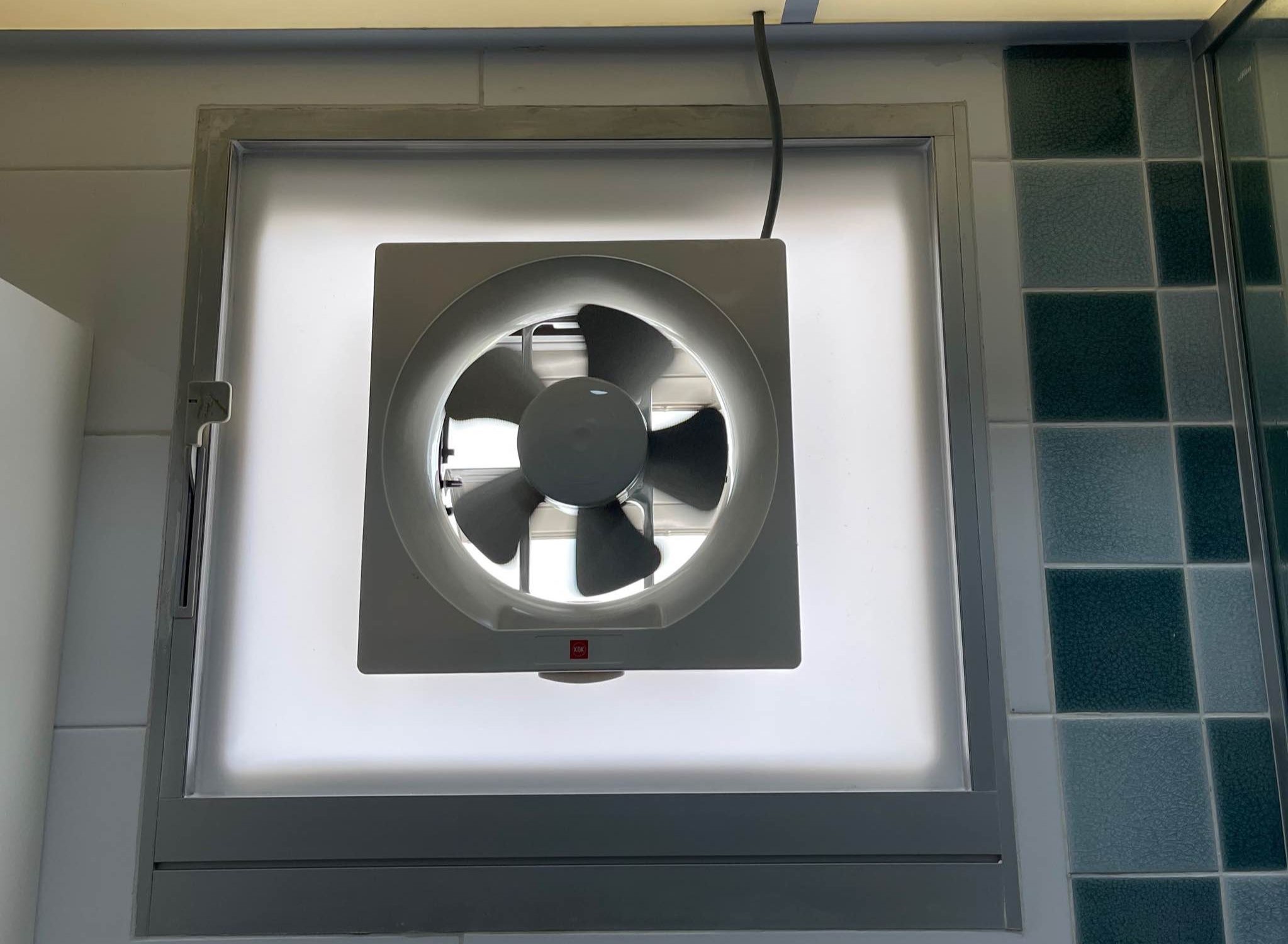
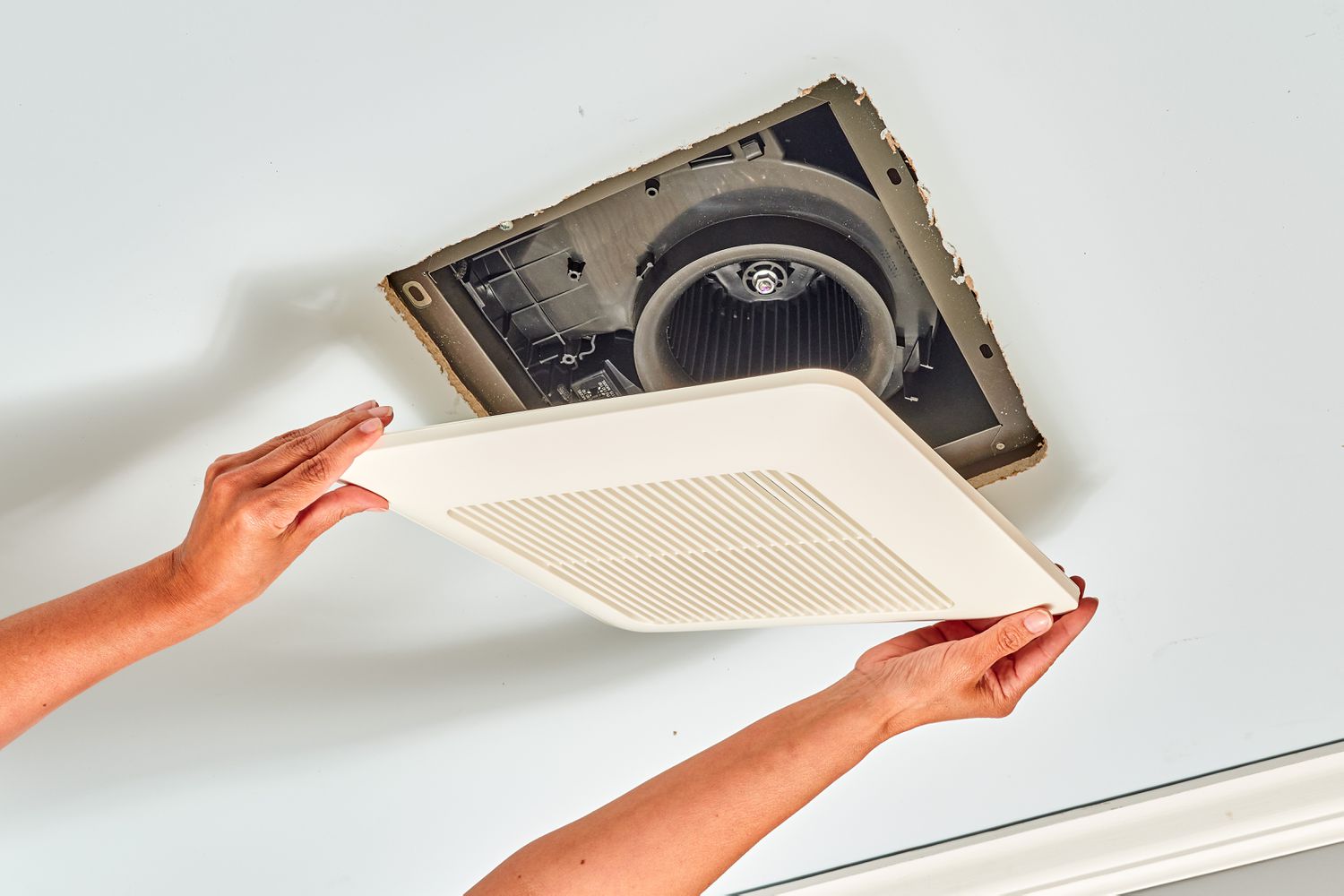
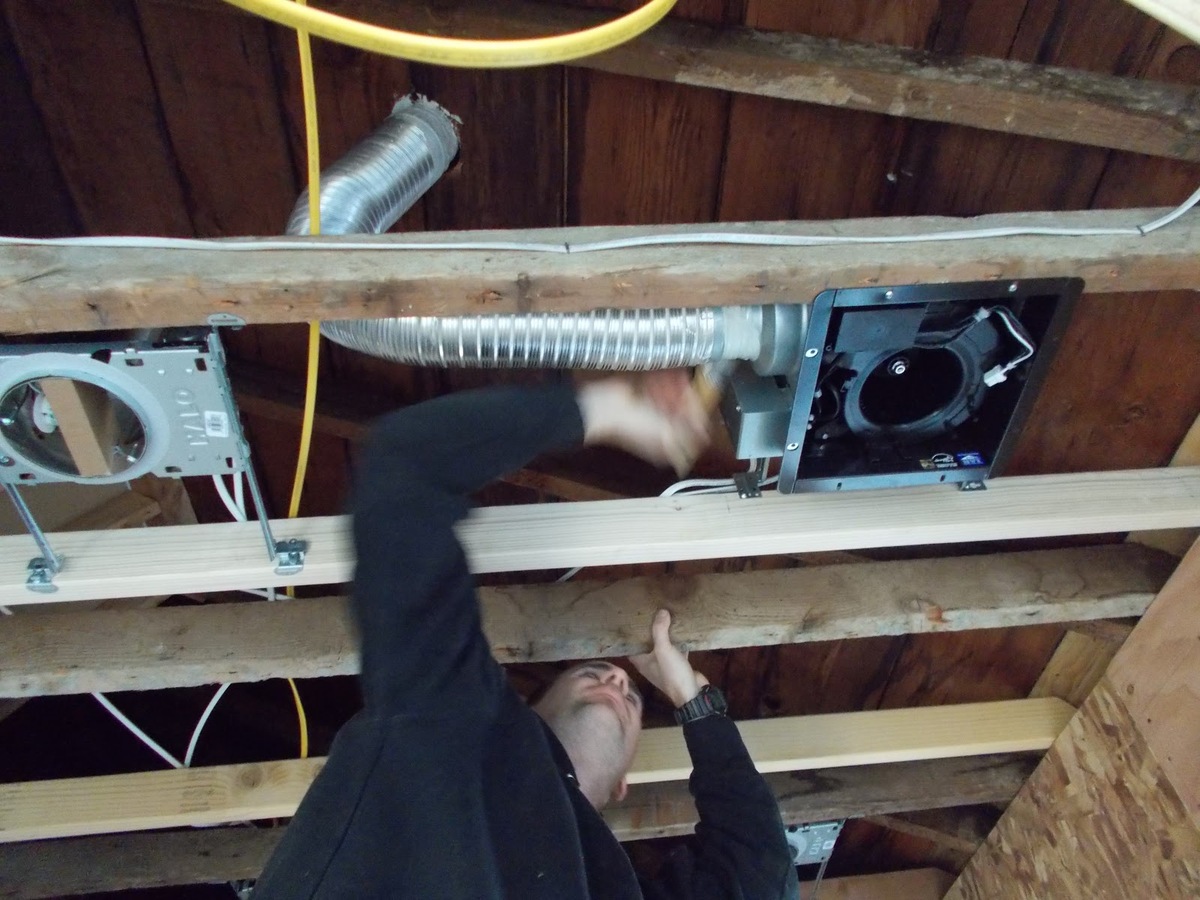
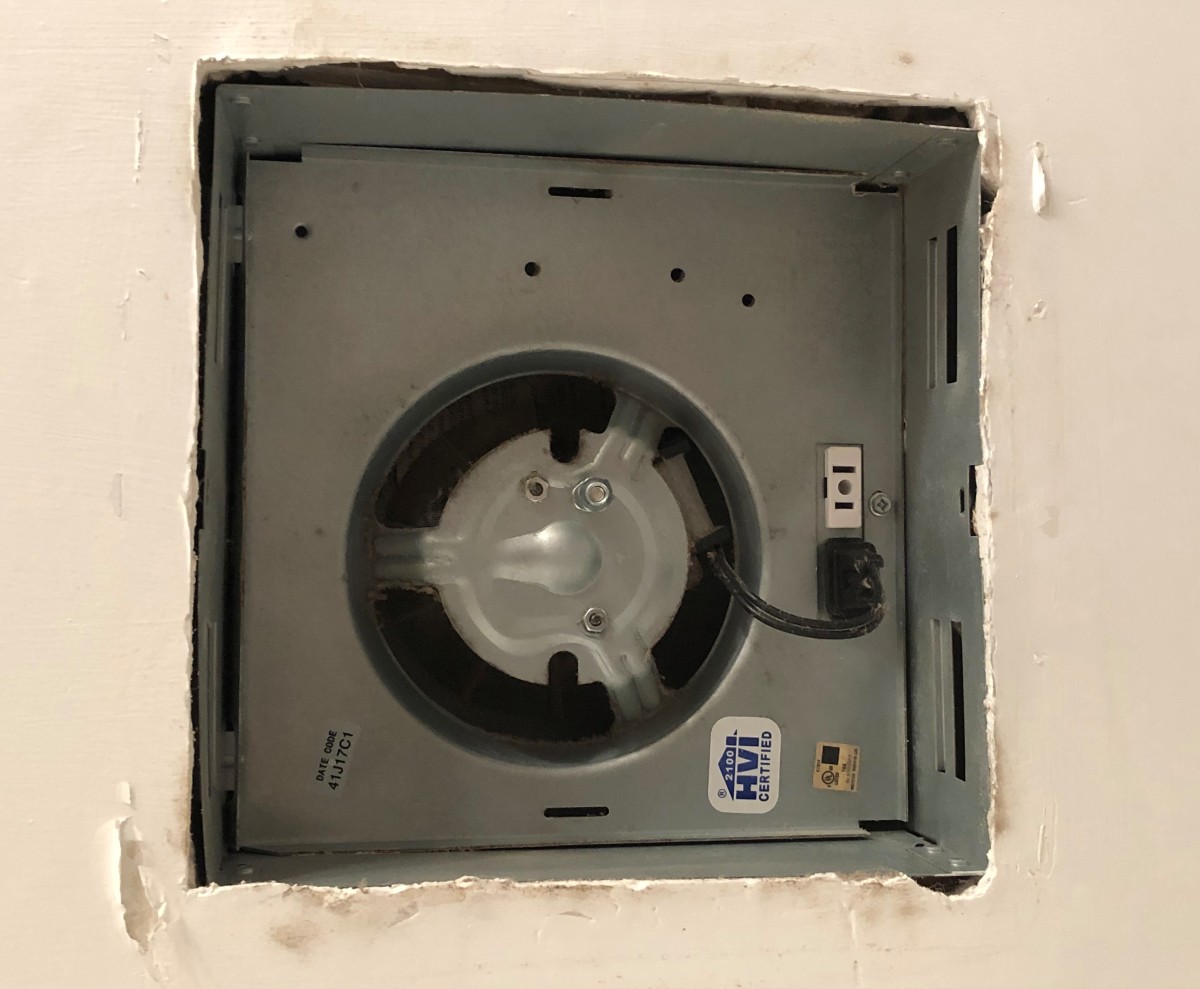
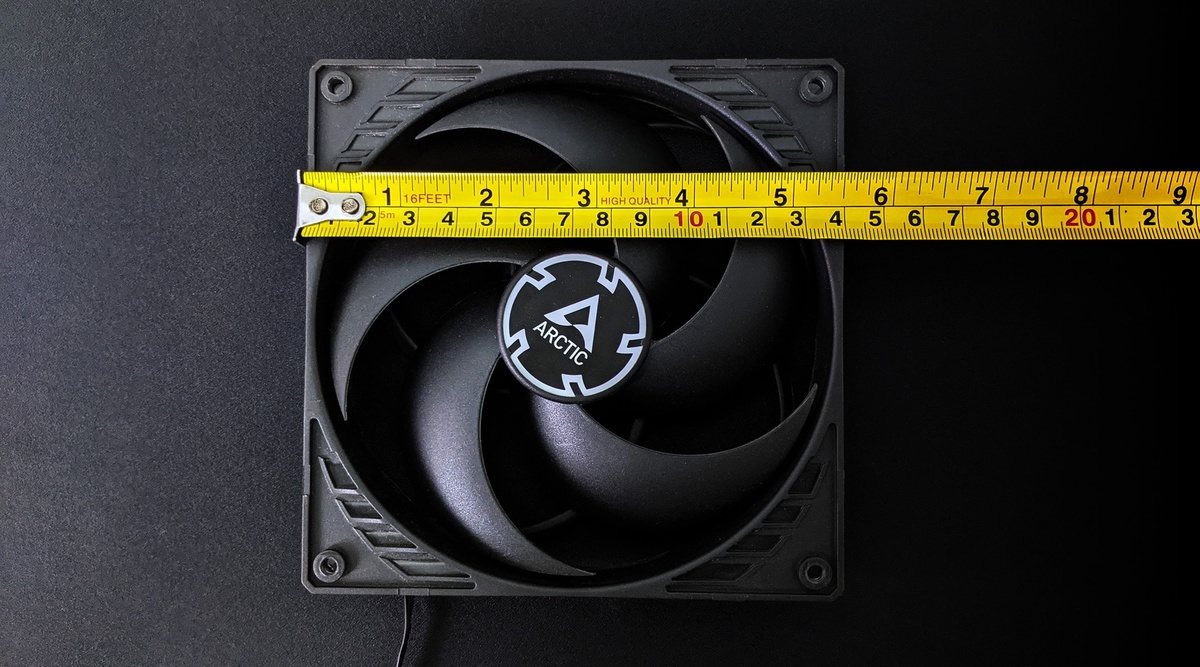
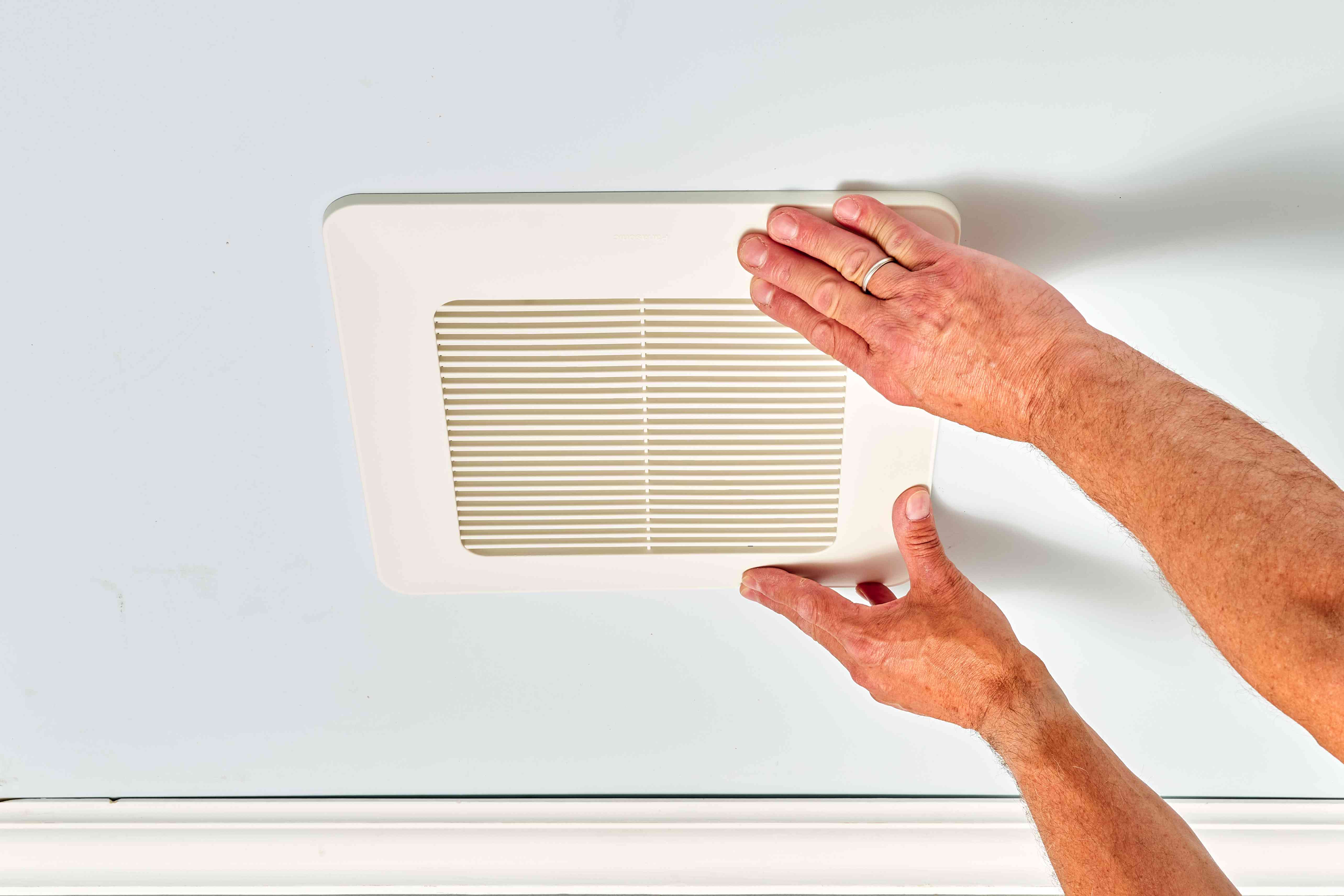
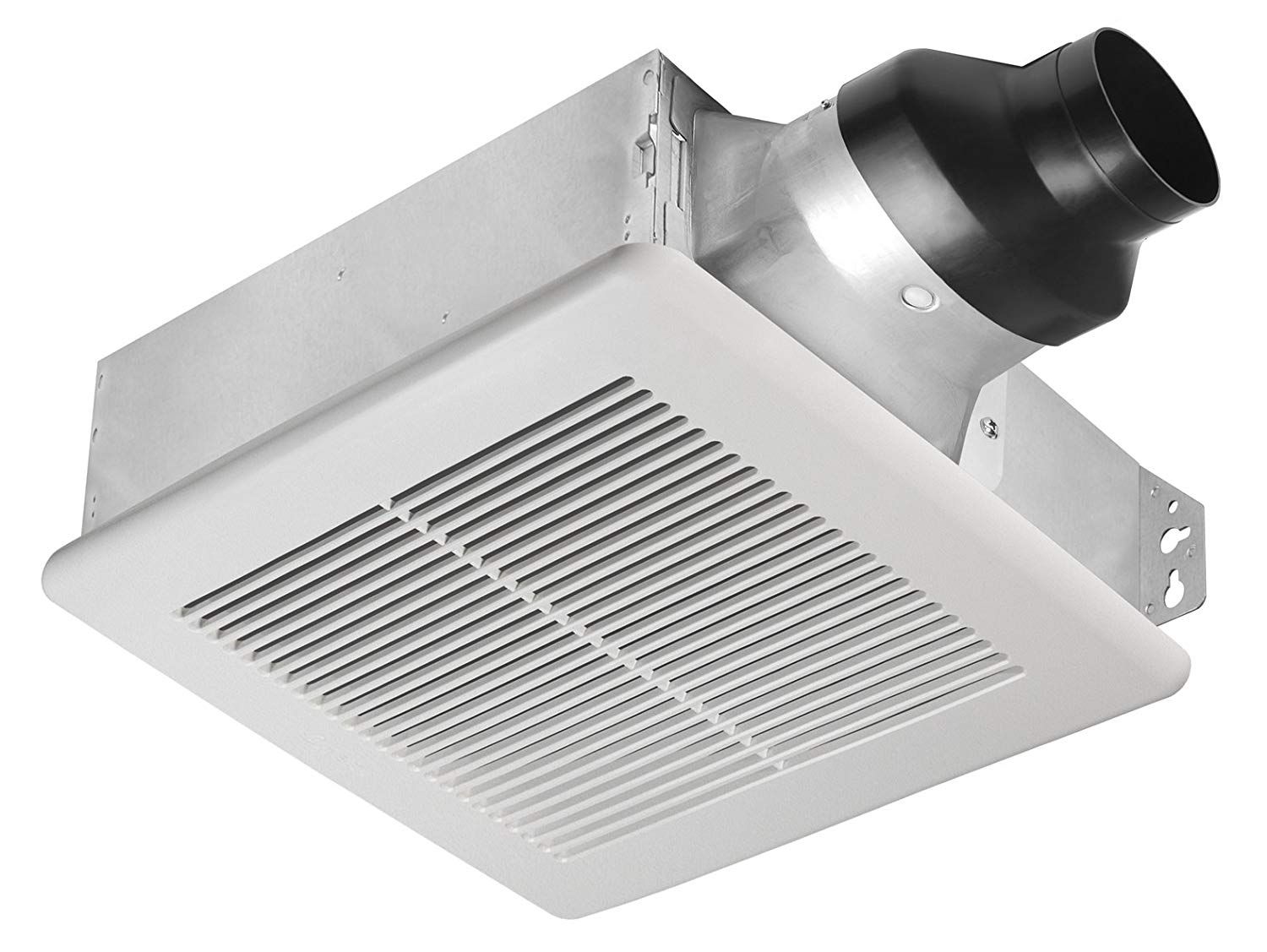
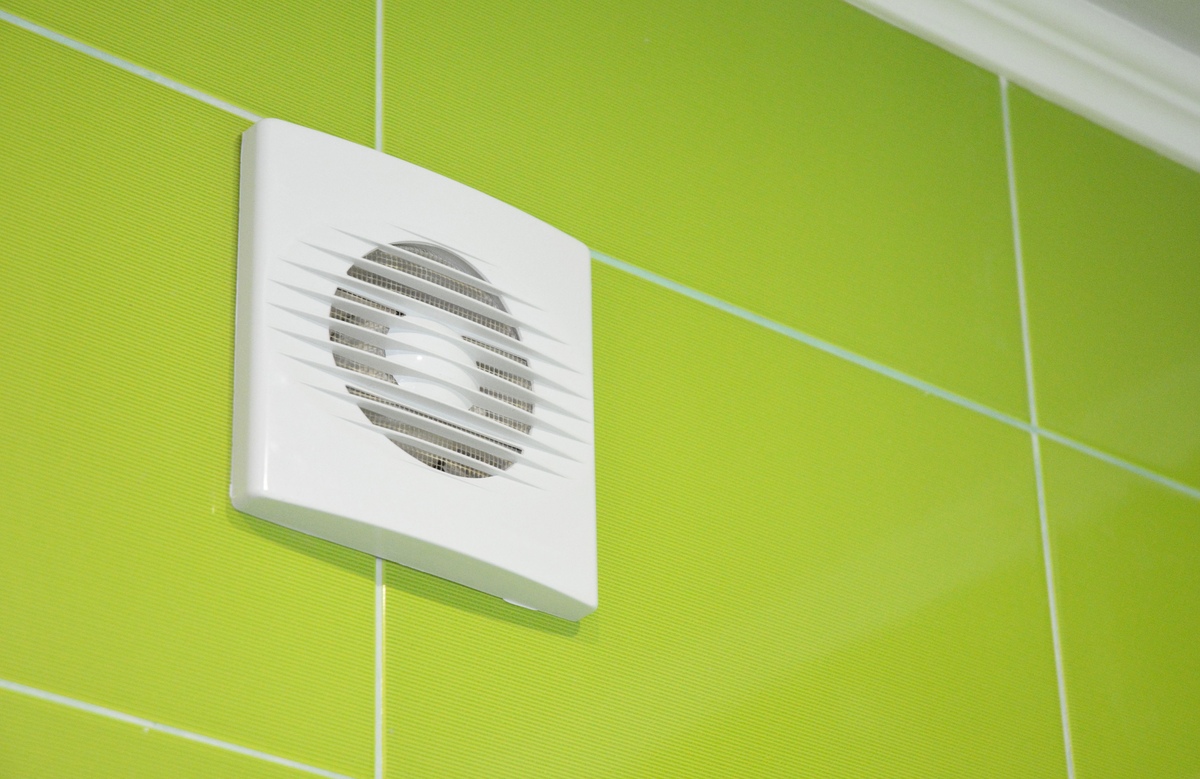
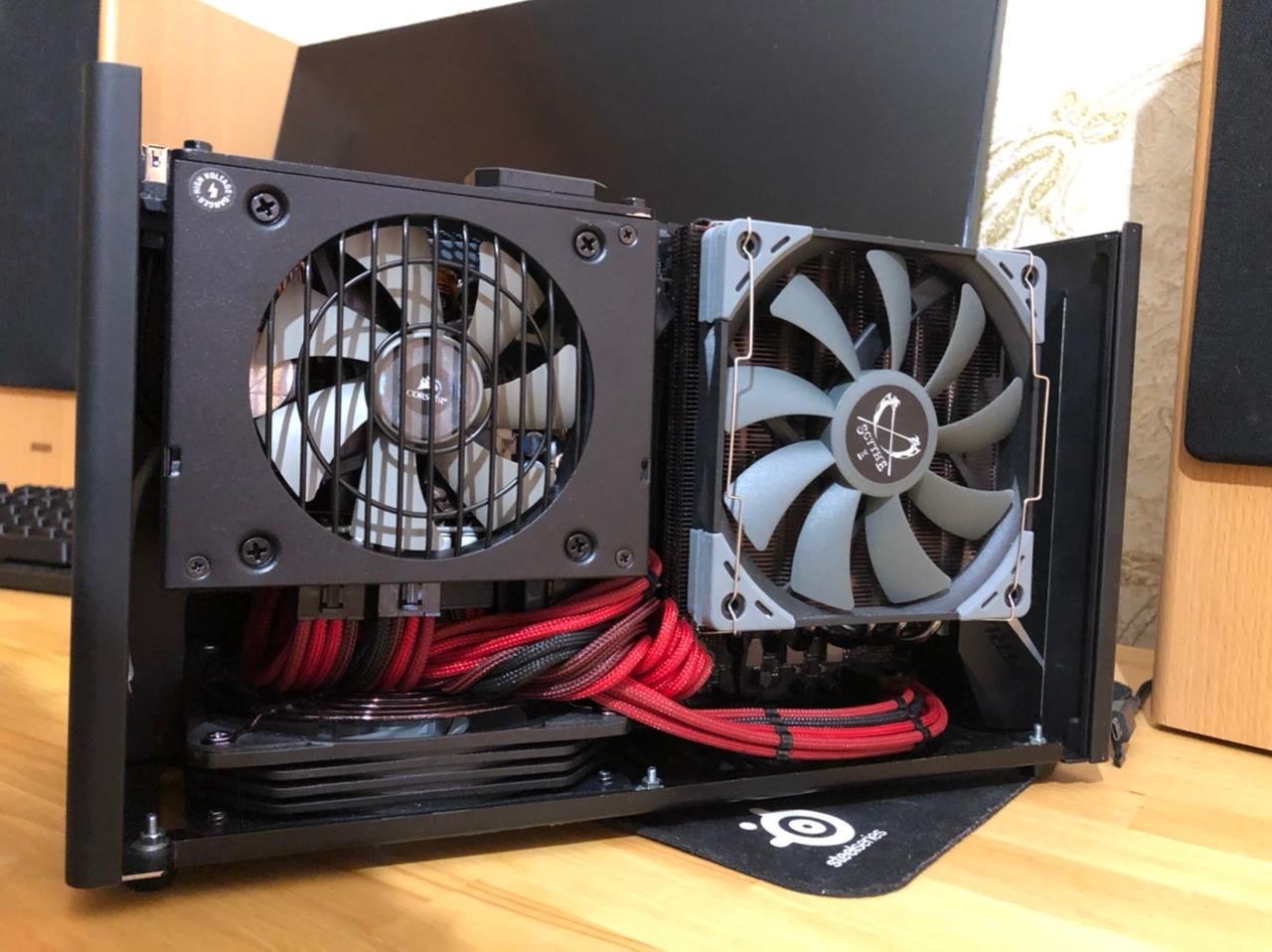

0 thoughts on “How To Install An Exhaust Fan In A Window”